What is base weight?
At the core of our backpacking philosophy is the concept of base weight. Base weight is the combined weight of your backpacking gear minus all consumables, like food, water, and fuel. Understanding your base weight helps you plan for how far you can go, how fast you can move, and how comfortable you will be.
Base weight matters because every day on the trail is different. Some days, you need more food or water, and others you can go light and fast. Base weight is the sole constant in a sea of variables and intimately understanding your base weight will help you plan backpacking trips that leave you refreshed and ready for more.
At Alpenglow, we like to go ultralight but we also like to have a good time. This article explains how base weight, and the products that impact it, help you go ultralight while still having a good time.
What are the "big three?"
Base weight starts with “the big three:” Sleep, Shelter, and Carry. Your sleeping bag, sleeping pad, and pillow contribute to your “sleep” solution. Shelter is your tent, footprint, and stakes. There are many popular alternative shelters aimed at saving weight while staying dry and comfortable. Your backpack rounds out the big three. The big three are the main focus of ultralight campers because dropping weight across your big three items will contribute the most total base weight savings.
What contributes to base weight?
In addition to the big three, the next big chunk is cooking gear and dinnerwear. All the clothing you carry in your pack, like a puffy and camp shoes, also contribute to base weight. Many of us are bringing lights, batteries, and other electronics that make camping safe and comfortable. And that one comfort item you can’t bear to leave behind? That contributes to base weight too.
What does not contribute to base weight?
Items that do not contribute to base weight are those that are consumable or used temporarily and are not part of the core gear you'll be carrying throughout your backpacking trip. These include:
- Food: All the meals and snacks you'll consume during your adventure.
- Water: The drinking water you carry and any additional water you'll need to collect or treat along the way.
- Fuel: Canisters or liquid fuel used for cooking.
- Consumable hygiene products: Items like toilet paper, hand sanitizer, and other disposable personal care products.
- Trash: Any waste or packaging that accumulates during the trip.
These items are not counted in the base weight because they are either consumed or used up over the course of the journey, unlike gear that remains with you for the duration of the adventure.
Is ultralight everything?
No! It’s common for backpackers to actually have two base weights: A comfort base weight and an ultralight base weight. Travelers will choose which weight they shoot for based on their trip and any constraints from travel, terrain, and weather.
Optimizing your big three: Tents and shelter
Your choice of shelter directly impacts the weight of your sleep system and overall base weight. There are several options:
Ultralight Tents
These are designed to minimize weight while offering protection from the elements. They usually require more careful setup and maintenance.
Tarps
A minimalist choice that saves weight but offers less protection. Tarps often require additional gear like stakes and guylines.
Bivvy Sacks
These provide a balance between weight and protection. They are lightweight and compact but offer limited space and comfort.
About ultralight tents
Ultralight tents can be organized into two categories: Freestanding and Semifreestanding. Freestanding tents do exactly what their name suggests; the tent body can hold its shape on its own without needing to be staked out. A freestanding tent receives all the support it needs from the fabric and tent poles. Semi freestanding tents use tent poles to support some of the tent body, but require the use of stakes in order for the tent to reach its full size. Semi freestanding tents are ounces, or even pounds lighter than a similar free standing tent.
Learn how to choose between freestanding and semi freestanding tents.
Optimizing your shelter usually comes down to buying the best shelter for your needs. Shelter is not often something that you can leave behind or slim down, so it’s wise to arrive at your shelter “kit” and bring that exact kit every time. Most shelter kits include a tent, tent poles, rain fly, footprint, and stakes.
Our lightest shelter is the Hornet OSMO 1 person tent from Nemo Equipment. It’s trail weight is a scant 2lb, 4 oz thanks to its semi freestanding design and proprietary OSMO™ poly-nylon ripstop fabric. Available in 1, 2, and 3 person models.
An excellent jump forward is the Dragonfly family of tents also featuring OSMO™ fabric but in a freestanding design. These tents are comfortable with near-vertical tent walls, 2 doors, generous vestibules, and integrated storage compartments. The jump to freestanding will cost a 1 lb weight penalty.
Choosing an ultralight backpack
Our ultralight backpacks can be neatly divided into two categories: 2 pound packs and “2 pound plus” packs. The Hyperlite Southwest and Junction packs are our most popular 2 lb packs and are an excellent solution IF you can find the right fit. The packs differ only in their external carrying fabric and design.
These packs achieve their impressive weight by forgoing popular adjustment and load carrying straps. With these savings, it’s essential that the pack fits your torso length exactly. A mis-fitting Hyperlite pack will be more painful than beneficial.
A new ultralight pack for Alpenglow Sports is the Black Diamond Beta Lite 45L. This pack weighs just 1.9lbs and uses the new Ultra 200 and 400 fabrics to achieve waterproofing and impressive durability. This pack has an important feature that Hyperlite does not: Load balancing straps. Come into Alpenglow Sports to be fitted in the Beta Lite or Hyperlite Packs.
“2 pound plus” isn’t a real category of backpacks, it’s just how I like to think about the remaining ultralight backpack choice at Alpenglow Sports. The Granite Gear Crown 60 is a nearly 2 pound pack that has incredible adjustability, generous padded straps, and smart features.
Our Hardgoods Buyer and Phacilitator of Phun, Jeff, has this to say about the Crown 60L:
"I have been using this pack for the last 4 summers and love the weight to volume to load limit ratio. At 2.4 lbs without the lid this pack fits into the ultralight category, while still comfortably carrying up to 30-35 lbs"
That last bit of insight brings base weight back into the conversation. Your base weight will determine your choice of backpack.
Matching your base weight to your pack
Your backpack’s load limit is generally lower with lighter packs. A two pound pack like the Hyperlight Junction will not carry large loads well. Total pack weights in excess of 30 lbs will push the limit of the Hyperlite and Black Diamond Beta Lite packs. Your base weight should be roughly 16 lbs or less to avoid a 30lb total pack weight.
Backpack |
Base Weight |
Load Limit |
Southwest & Junction |
10-15lbs |
30 |
Beta Lite |
10-15lbs |
35 |
Crown 60 |
15+ |
40 |
Optimizing Sleep Systems
Sleeping bags, Sleeping Pads, and pillows are three more opportunities to explore the ultralight vs comfortable equation. Understanding how different elements of your sleeping gear impact your base weight can help you make informed choices and optimize your comfort and efficiency on the trail.
About Sleeping Bags
What is Fill Power?
Sleeping bags are often the heaviest component of a backpacking sleep system. They come in various types, such as synthetic and down, each with its own weight and insulation characteristics. Generally, the lower the temperature rating, the heavier the bag. Sleeping bags either have down or synthetic insulation.
Down Sleeping Bags
Down sleeping bags are lighter and more compressible than their synthetic counterparts, making them a popular choice for weight-conscious backpackers. High-quality down bags, however, can be expensive. Down bags will have "fill power" number like 800, which indicates the quality of the down. Higher numbers will loft more and thus insulate better.
Synthetic Sleeping Bags
Synthetic sleeping bags are generally heavier and bulkier but offer better performance in wet conditions. Down is vulnerable to "wetting out" where moisture trapped in the bag limits the down's ability to loft and effectively insulate. Synthetic bags remain warm when wet. They are also typically less expensive than down options.
Weight Tip
Look for a sleeping bag that balances warmth and weight. You can calculate a warmth-to-weight ratio that will help you compare bags. Opt for a bag with a lower temperature rating if you're heading into colder climates, but avoid carrying more insulation than you need for the conditions.
Down fill power is a measure of the quality and insulating efficiency of down feathers used in sleeping bags. It refers to the amount of space that one ounce of down occupies when fully lofted. Specifically, fill power is measured in cubic inches per ounce (cu in/oz).
Here’s how to interpret it:
High Fill Power (700-900+): High fill power down is highly compressible and offers excellent insulation with less weight and bulk. It provides a superior warmth-to-weight ratio, meaning that a sleeping bag with high fill power down will be lighter and more compact-able while still offering exceptional warmth. This makes it ideal for ultralight backpacking and cold-weather camping. However, high fill power down is often more expensive and may require more careful handling to maintain its loft and insulating properties.
Medium Fill Power (500-700): This fill power offers a good balance between warmth, weight, and cost. Sleeping bags with 500-700 fill power down are generally less expensive than high fill power options and still provide great insulation for a range of temperatures. They may be slightly bulkier and heavier compared to high fill power bags but are often a practical choice for most camping needs.
Low Fill Power (400-500): Low fill power down is less compressible and provides less insulation per ounce of down. Sleeping bags with low fill power down are usually heavier and bulkier, making them less suitable for weight-conscious backpacking. They are generally more affordable but may not offer the same level of warmth or packability as higher fill power options.
What to Choose:
More Fill Power: Opt for higher fill power if you want a lighter, more compact sleeping bag with superior insulation. This is ideal if you’re looking to minimize weight and bulk in your pack. Be prepared for a higher cost.
Less Fill Power: Choose lower fill power down if budget is a concern or if you need a sleeping bag that provides adequate warmth without the premium price of high fill power down. This might be suitable for milder conditions or for those who prioritize affordability over ultralight performance.
In summary, the right fill power for you depends on your needs for warmth, weight, packability, and budget. Higher fill power provides better performance in cold conditions and is lighter but at a higher cost, while lower fill power offers more value but with increased weight and bulk.
Choosing a Sleeping Pad
Sleeping pads provide crucial insulation and comfort, making them another key factor in your base weight. Lightweight pads are generally less insulated and less durable than their ultralight counterparts.
Air Pads
Air pads are lightweight and pack down small. They offer excellent comfort and insulation, particularly in cold weather. Many ultralight backpackers choose air pads for the space savings and weight savings over foam pads. Our lightest pad is the NeoAir Uberlite with the family of Nemo Tensor Pads as a worthy second choice. Air pads may require more care to avoid punctures, and you'll want to bring a patch kit.
Foam Pads
Generally heavier and bulkier, foam pads are durable and reliable, providing consistent insulation regardless of their condition. The classic Z-Lite Pad is still a staple of backpacking culture, with the new Nemo Switchback as a lighter and more comfortable option.
Weight Tip
Choose a pad that offers a balance between comfort and weight. If you can tolerate a slightly heavier pad for better insulation and durability, it might be worth the trade-off.
What is R-Value?
The R-value of a sleeping pad measures its thermal resistance, or how well it insulates you from the cold ground. The higher the R-value, the better the pad's insulating properties, which translates to greater warmth and comfort in colder conditions.
Here's a breakdown:
- Low R-Value (1-2): Suitable for warm weather or summer camping, where insulation from cold isn't a significant concern.
- Medium R-Value (3-4): Good for three-season use, offering adequate warmth for spring, summer, and fall.
- High R-Value (5 and above): Designed for winter or extreme cold conditions, providing superior insulation to keep you warm in freezing temperatures.
The R-value is determined by factors like the materials used in the pad and its construction. When choosing a sleeping pad, consider the typical temperatures you'll encounter and select a pad with an R-value that matches those conditions to ensure a comfortable night's sleep.
Why R-Value is important
Your sleeping bag’s temperature rating indicates the lowest temperature at which it will keep you warm. However, a sleeping bag alone will not provide sufficient insulation from the cold ground, which is where your sleeping pad's R-value comes in. Matching the R-value of your sleeping pad to your sleeping bag's temperature rating is crucial for maintaining warmth while camping.
For instance, if your sleeping bag is rated to 20°F (-6°C) but your sleeping pad only has an R value of 2, your bag will not keep you warm down to 20°F. A higher-r-value pad would provide the necessary thermal resistance to prevent heat loss, allowing your bag to perform at it's best. By considering both your sleeping bag’s temperature rating and your pad’s R-value, you can ensure a good night’s sleep across a range of conditions.
Additional gear
Other components of your sleeping setup, like pillow or sleepwear, also contribute to your overall weight. Lightweight alternatives and multifunctional items can help reduce base weight without sacrificing comfort.
Pillows
Lightweight inflatable pillows are options that can save space and weight compared to traditional pillows. Using a stuff sack filled with clothes can serve as a pillow, saving you from carrying an extra item.
Sleepwear
Opt for lightweight, moisture-wicking layers that double as clothing during the day.
In Conclusion
Base weight is the most important think to understand about your backpacking setup. You can focus on trade offs between weight and comfort to arrive at the right base weight for your backcountry adventures. You will save the most weight by focusing on optimizing your "big three."
Shelter optimizations start with choosing between a tent, tarp, and bivvy. Semi-freestanding tents are the lightest ultralight tents while freestanding tents are the most comfortable.
Your base weight should play into your choice of a backpack. If your base weight is 15 lbs or less, you can comfortable carry a full load in a sub 2lb backpack. For folks with a heavier base weight, consider getting a more feature-rich and supportive backpack.
Your sleeping setup is a crucial aspect of your backpacking base weight. By choosing lightweight, efficient gear that meets your needs, you can significantly reduce the weight of your sleep system while maintaining comfort and safety. Invest in high-quality, lightweight gear where it counts, and you’ll find that your overall backpacking experience becomes more enjoyable and reliable.



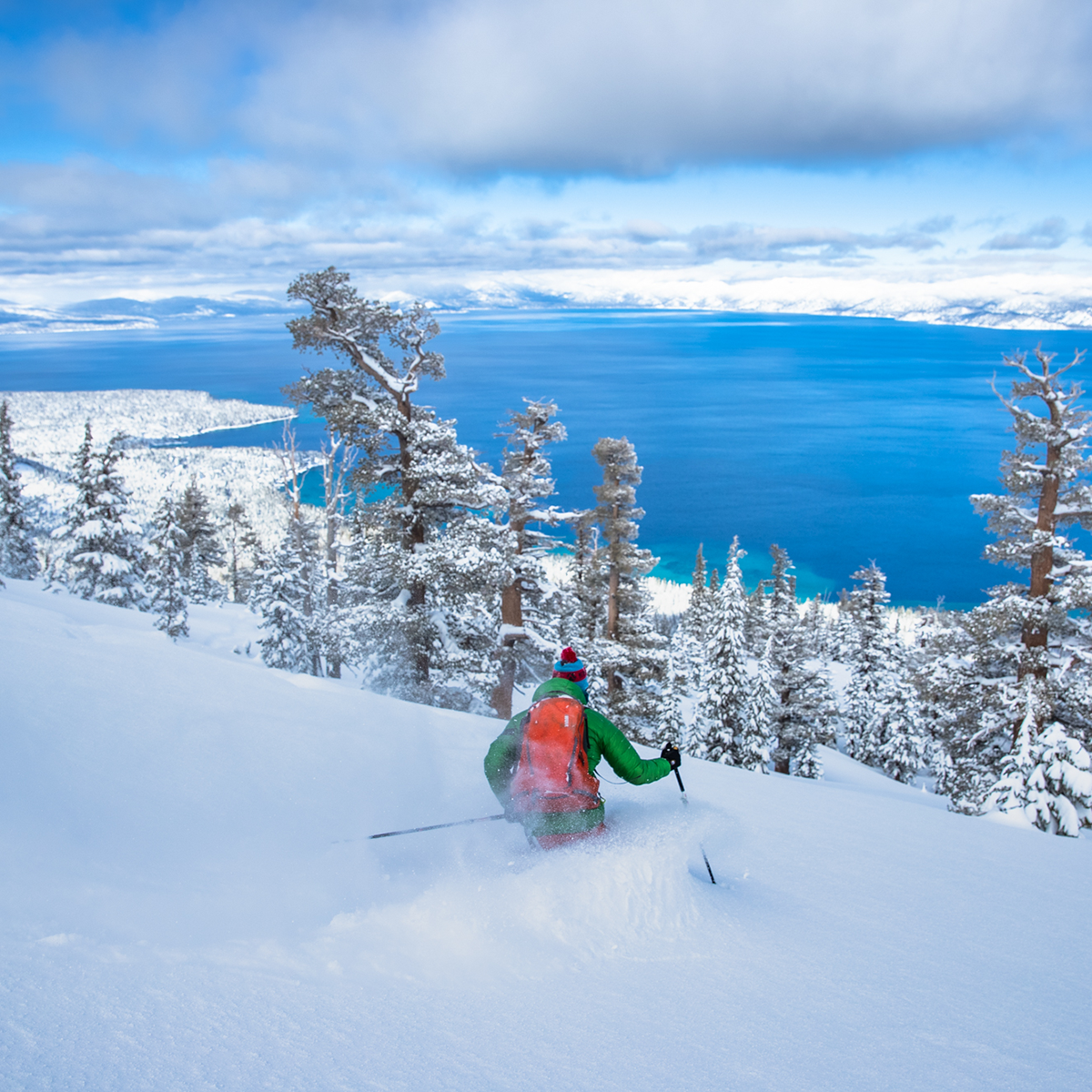
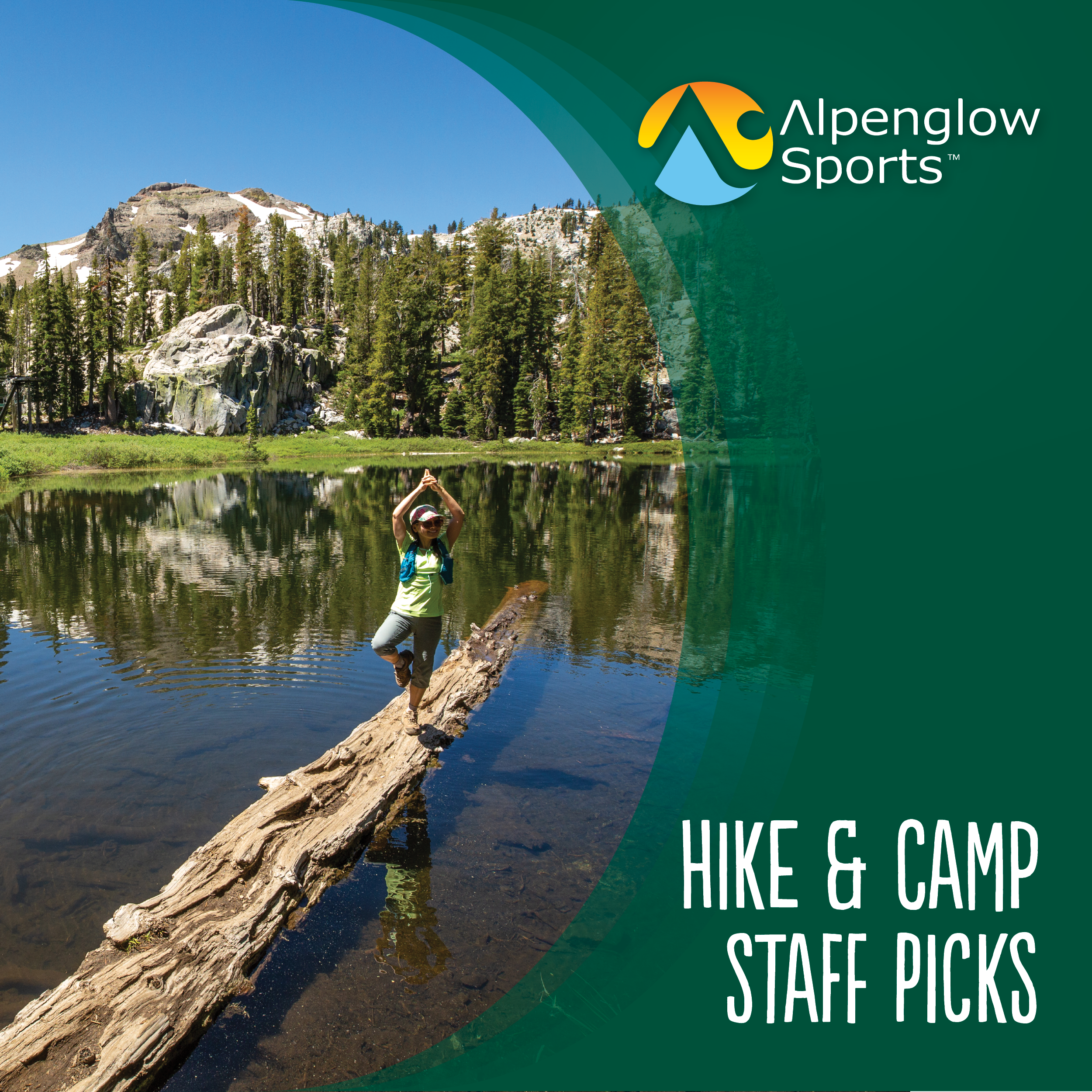
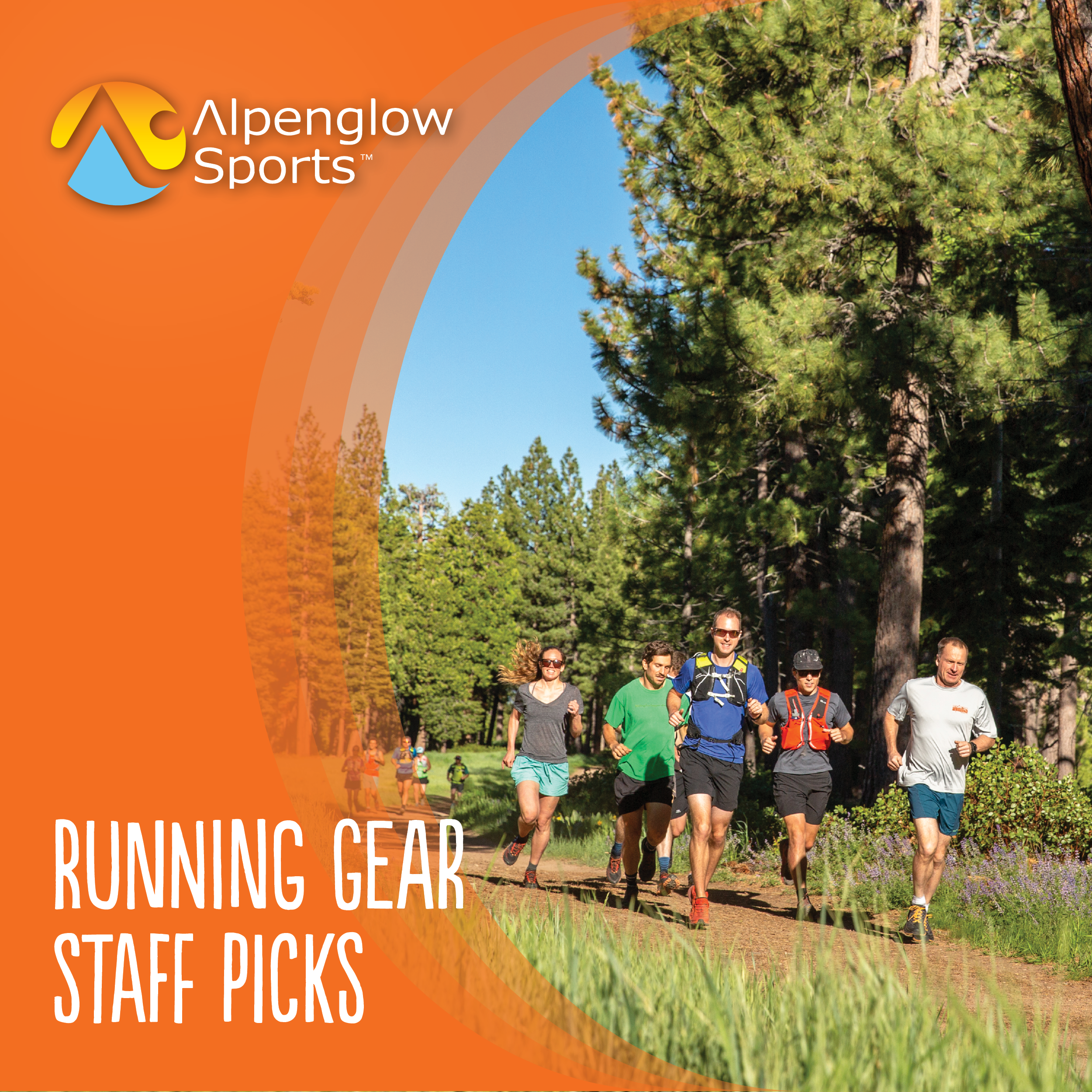
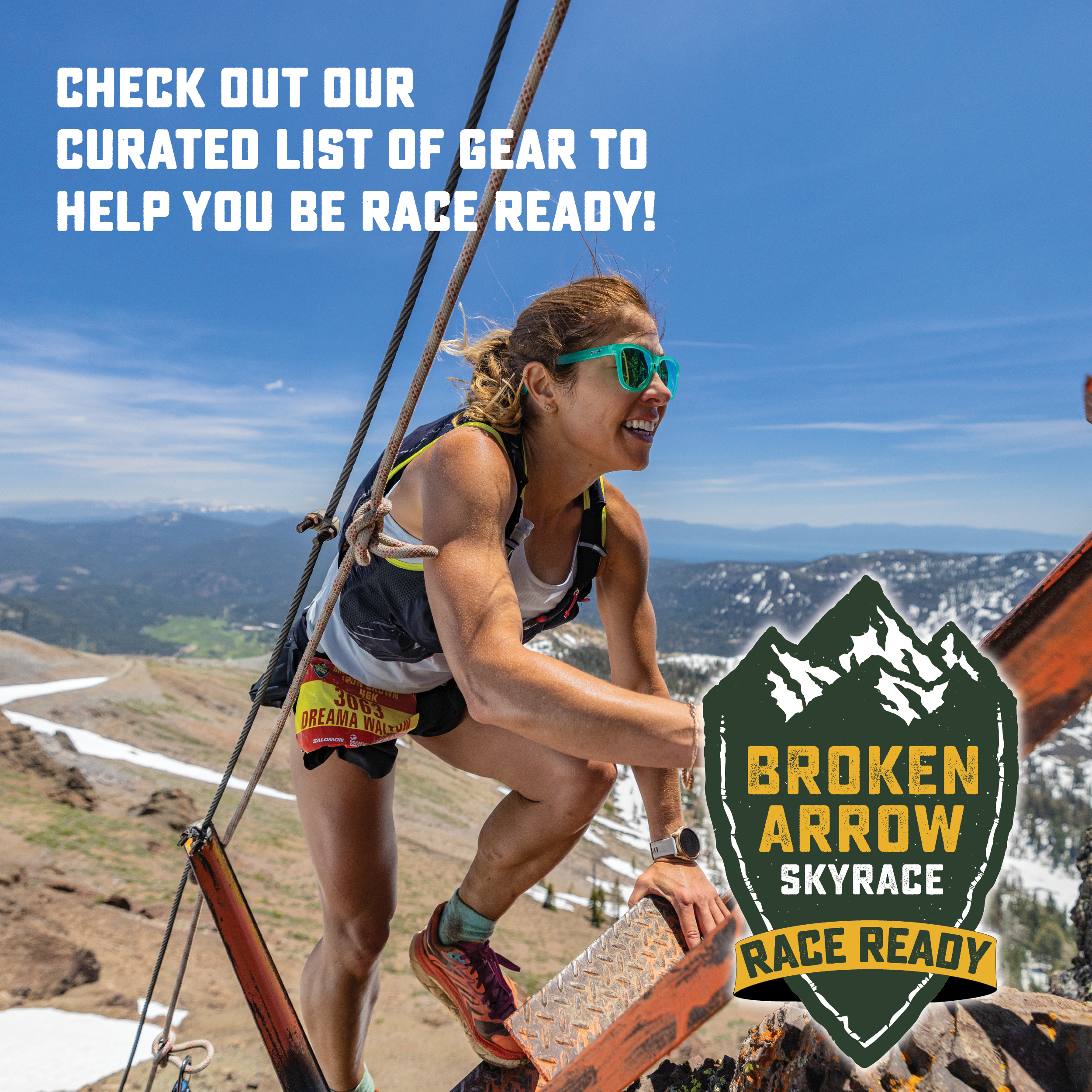
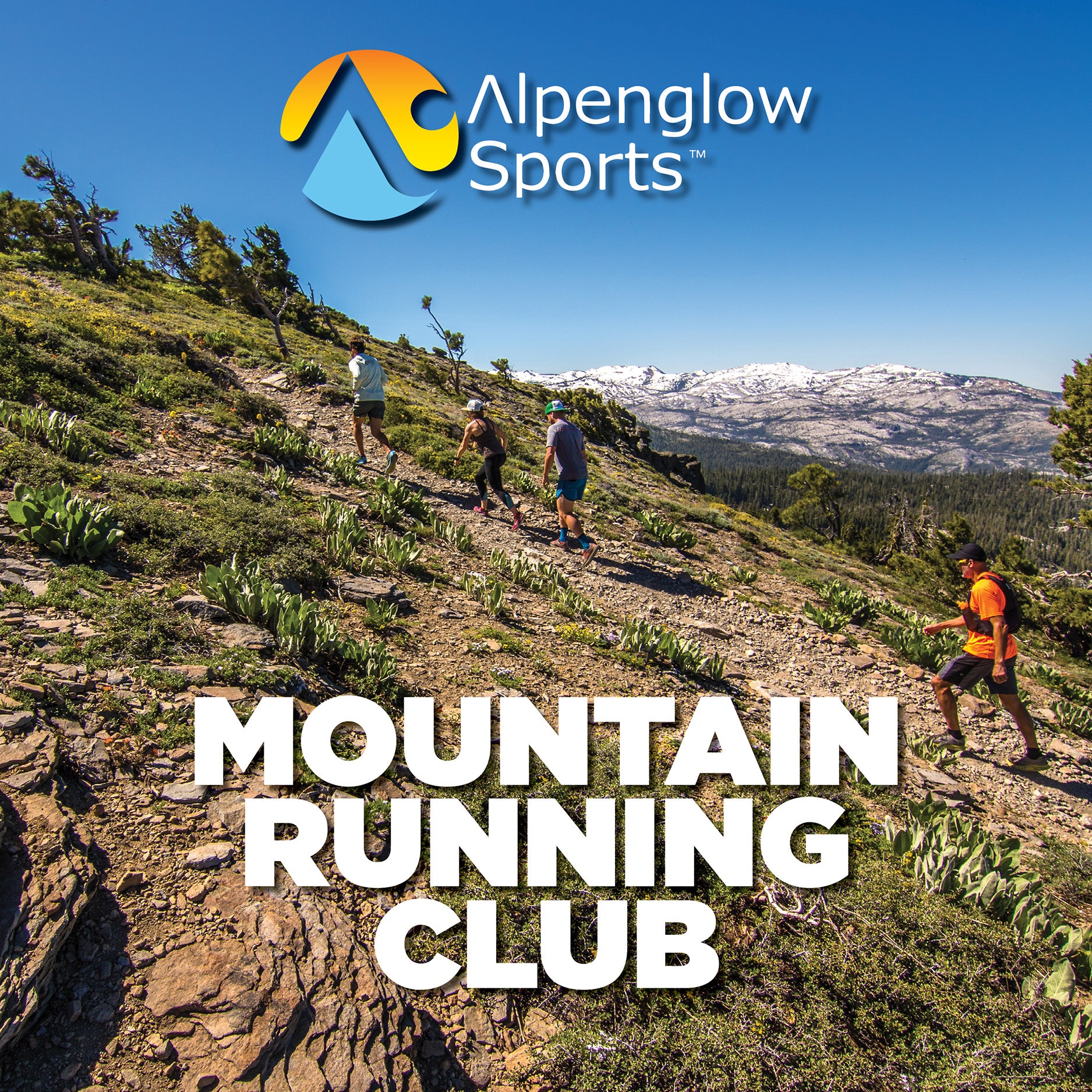
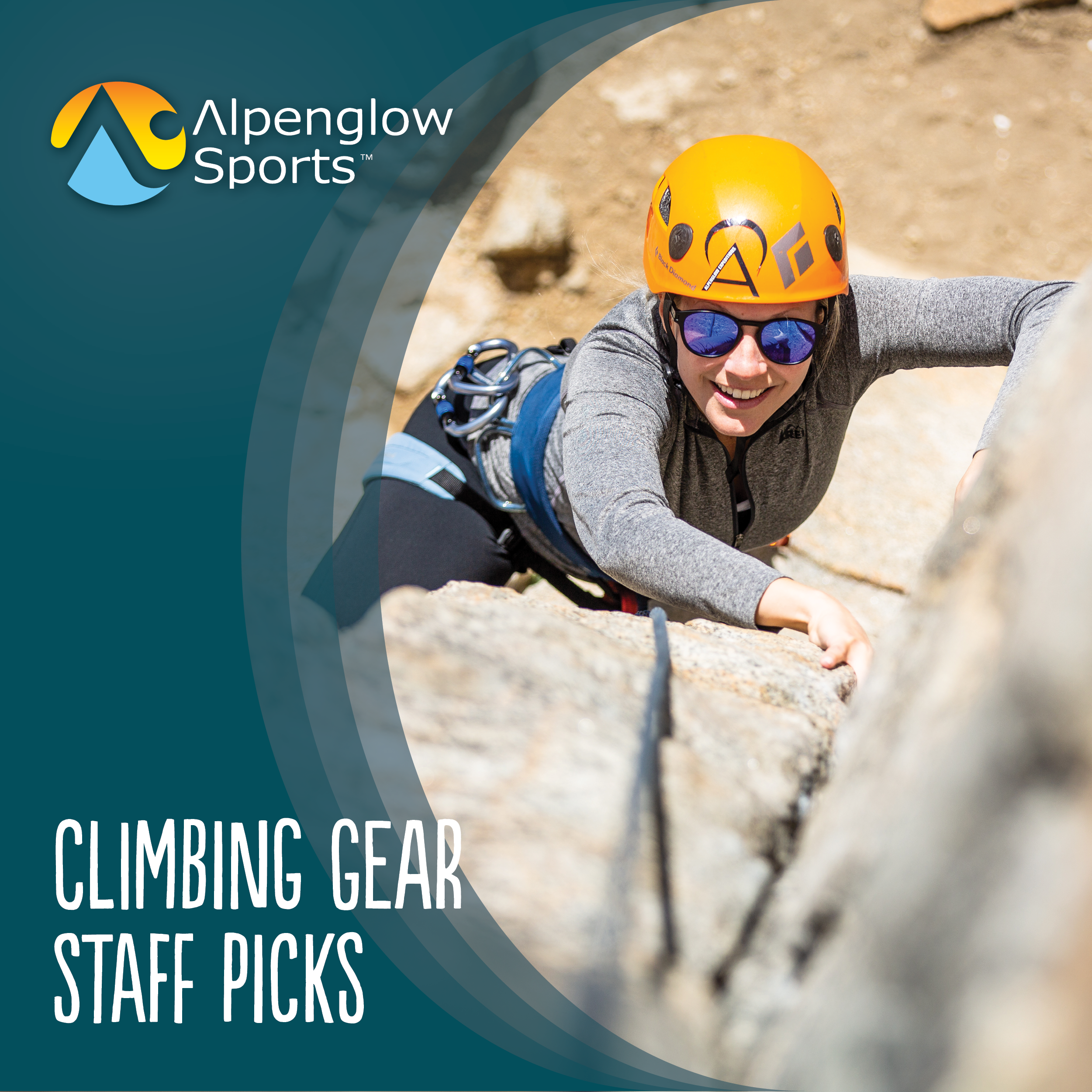
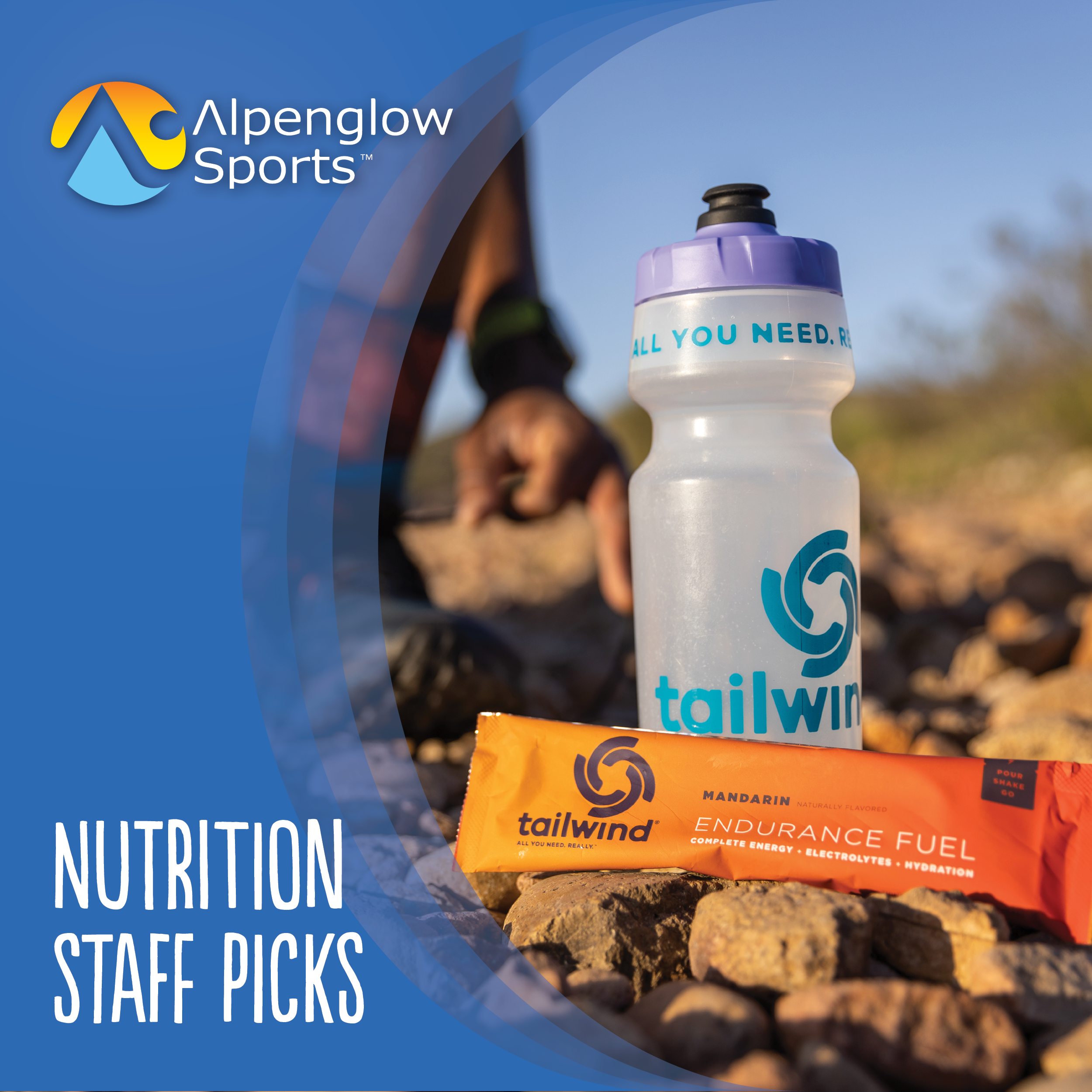
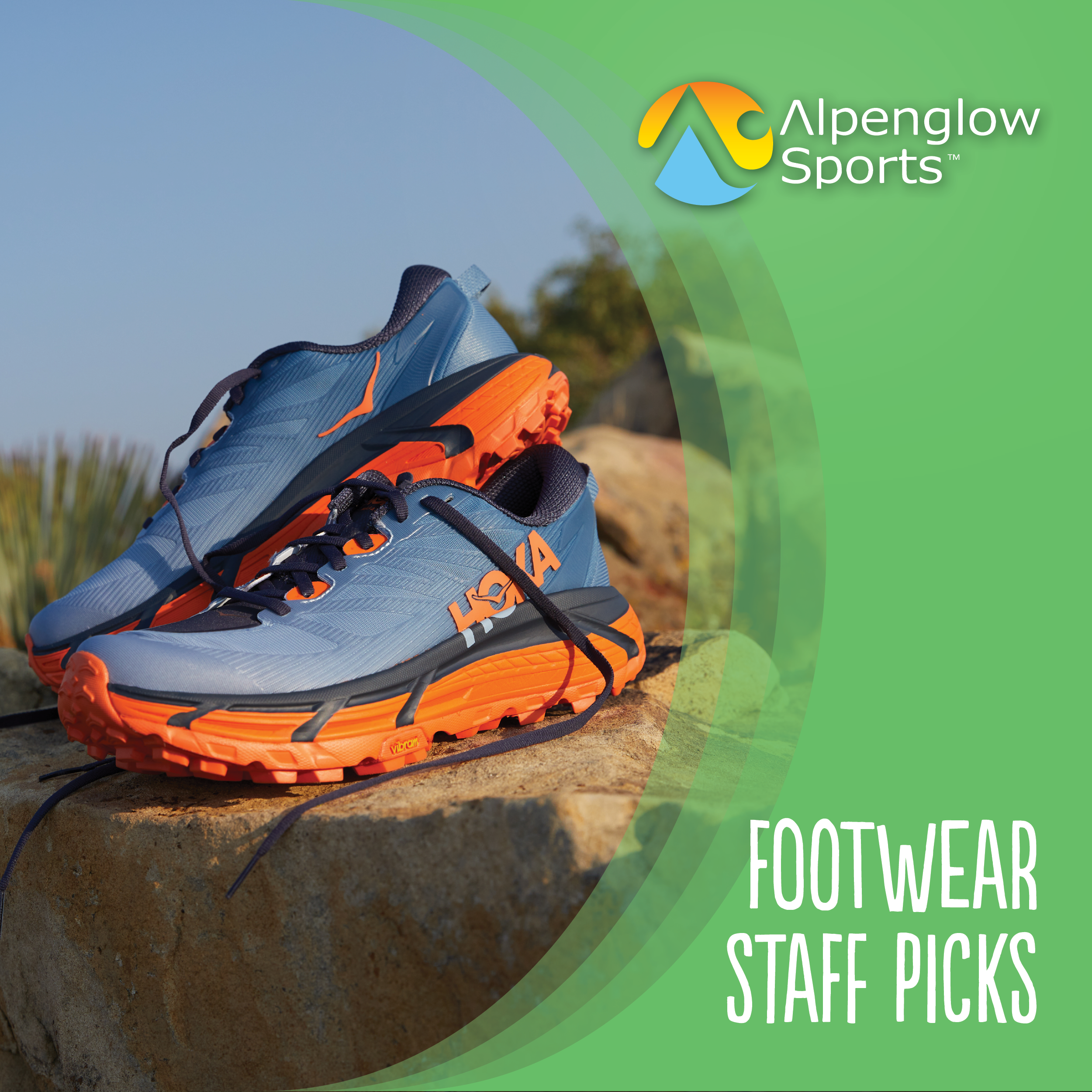


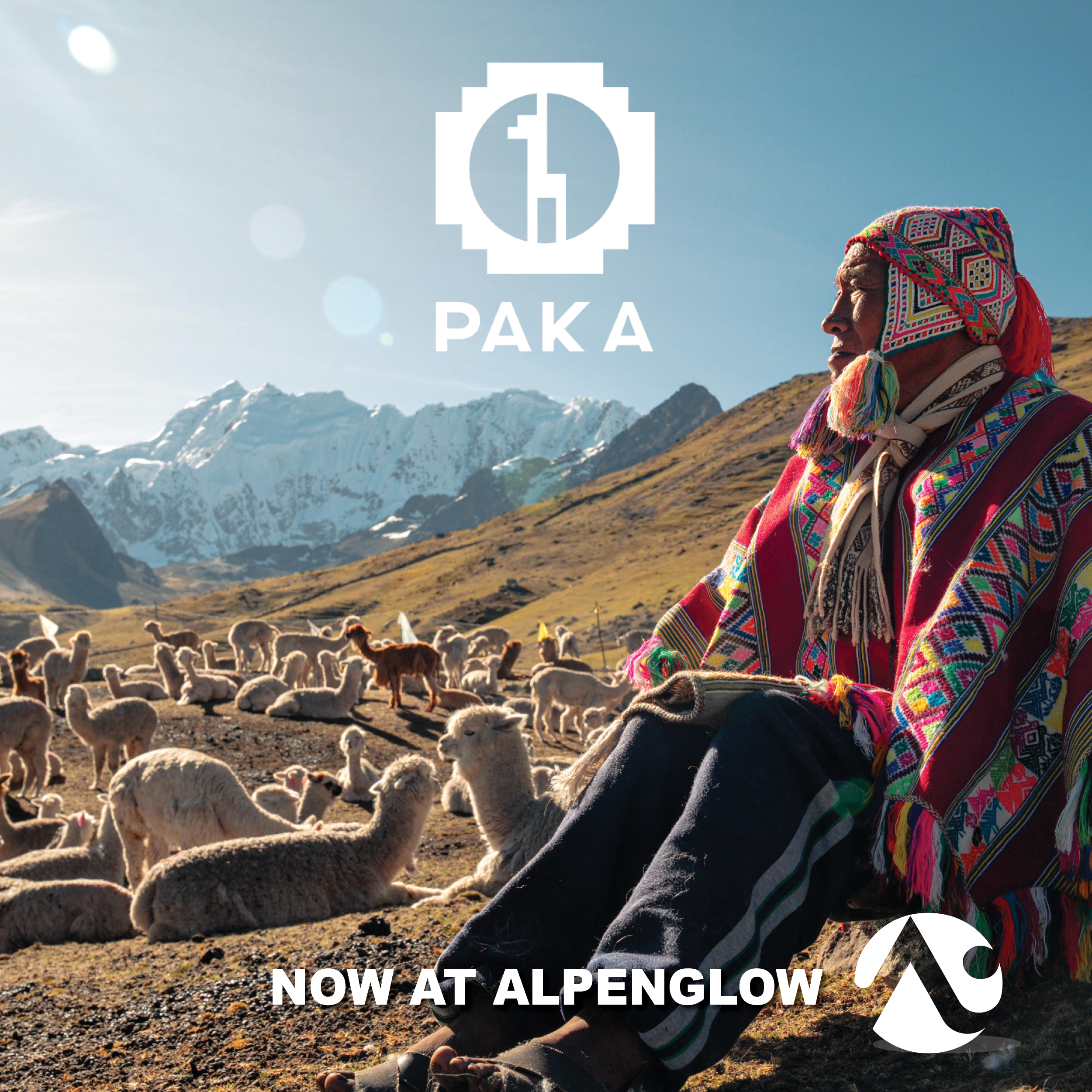
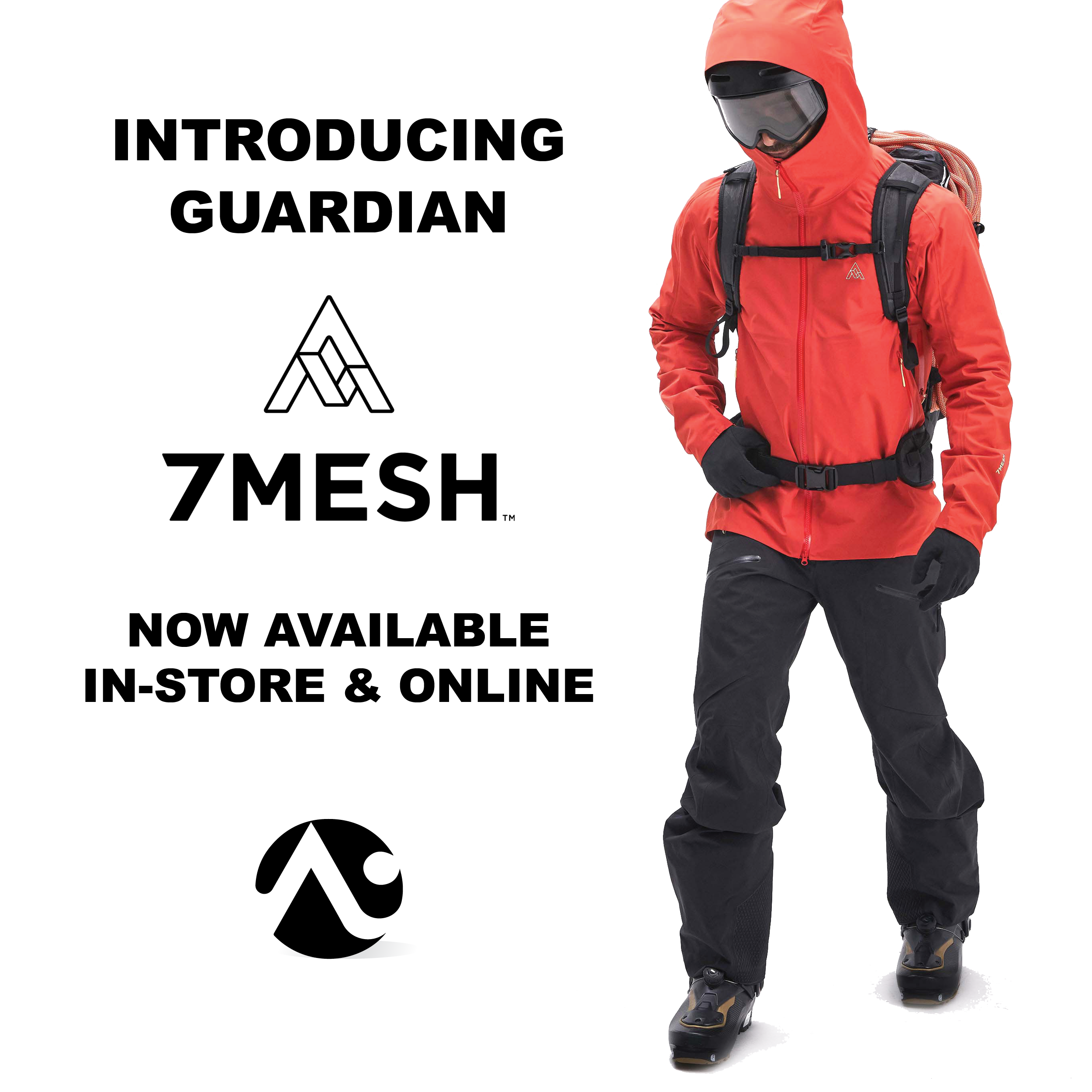
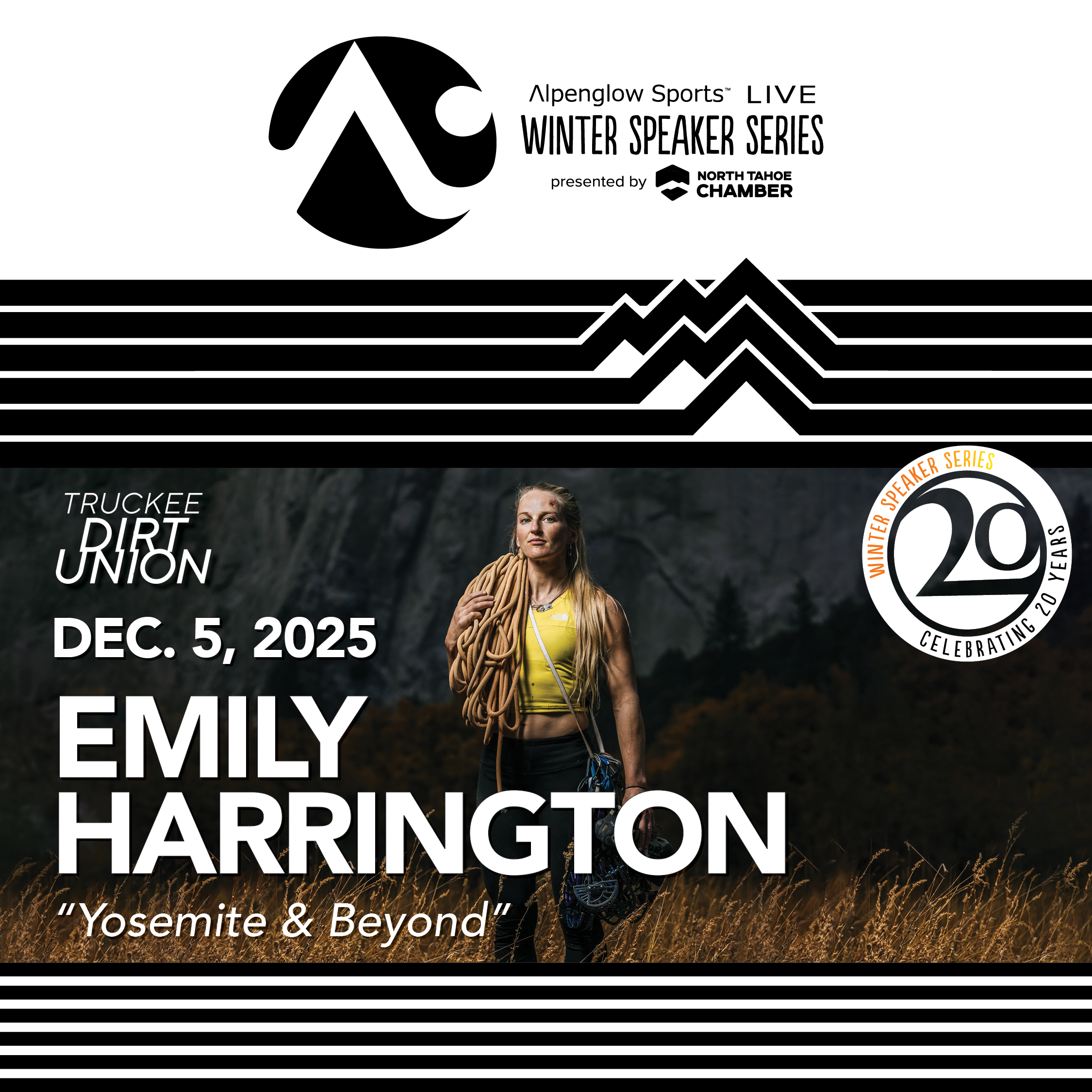
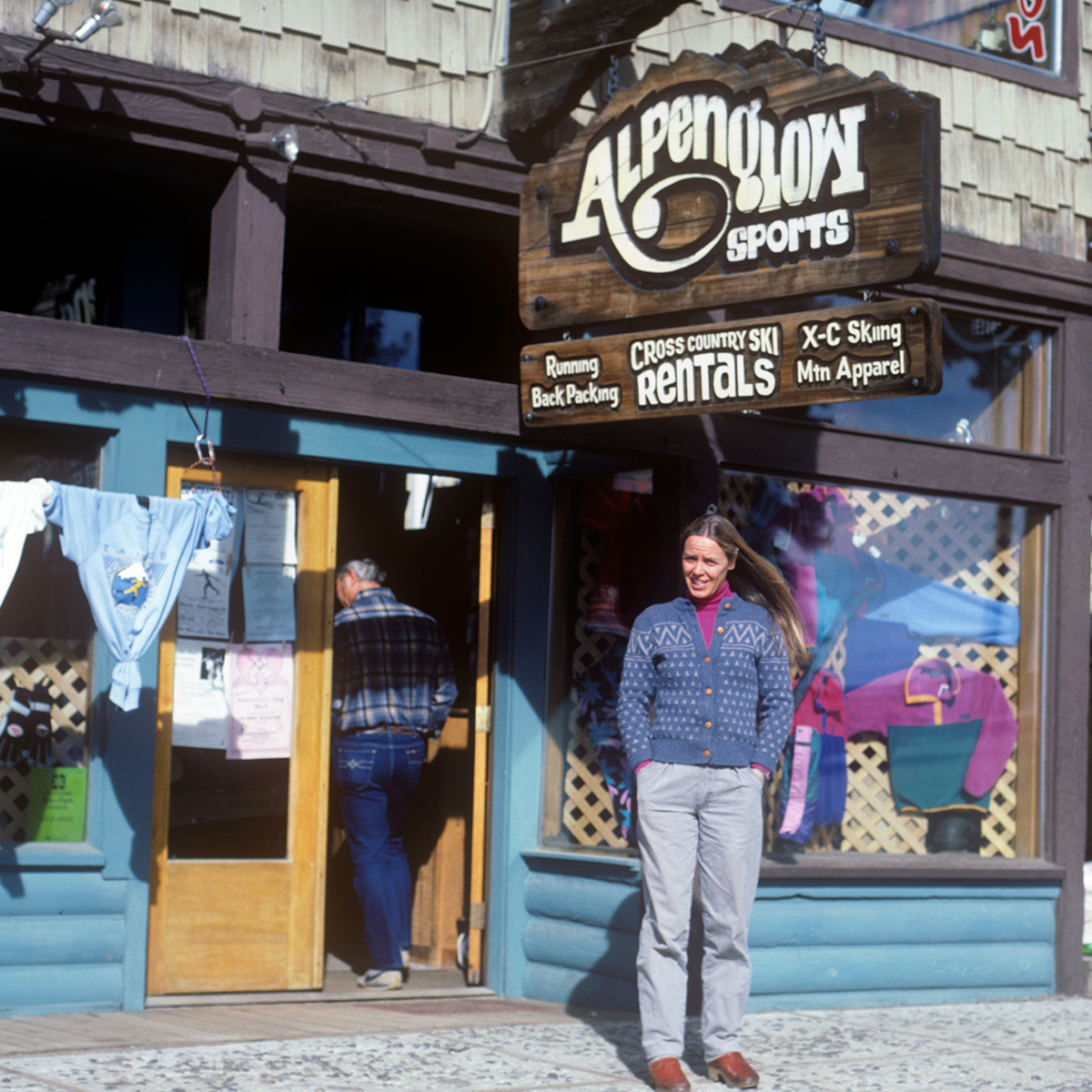
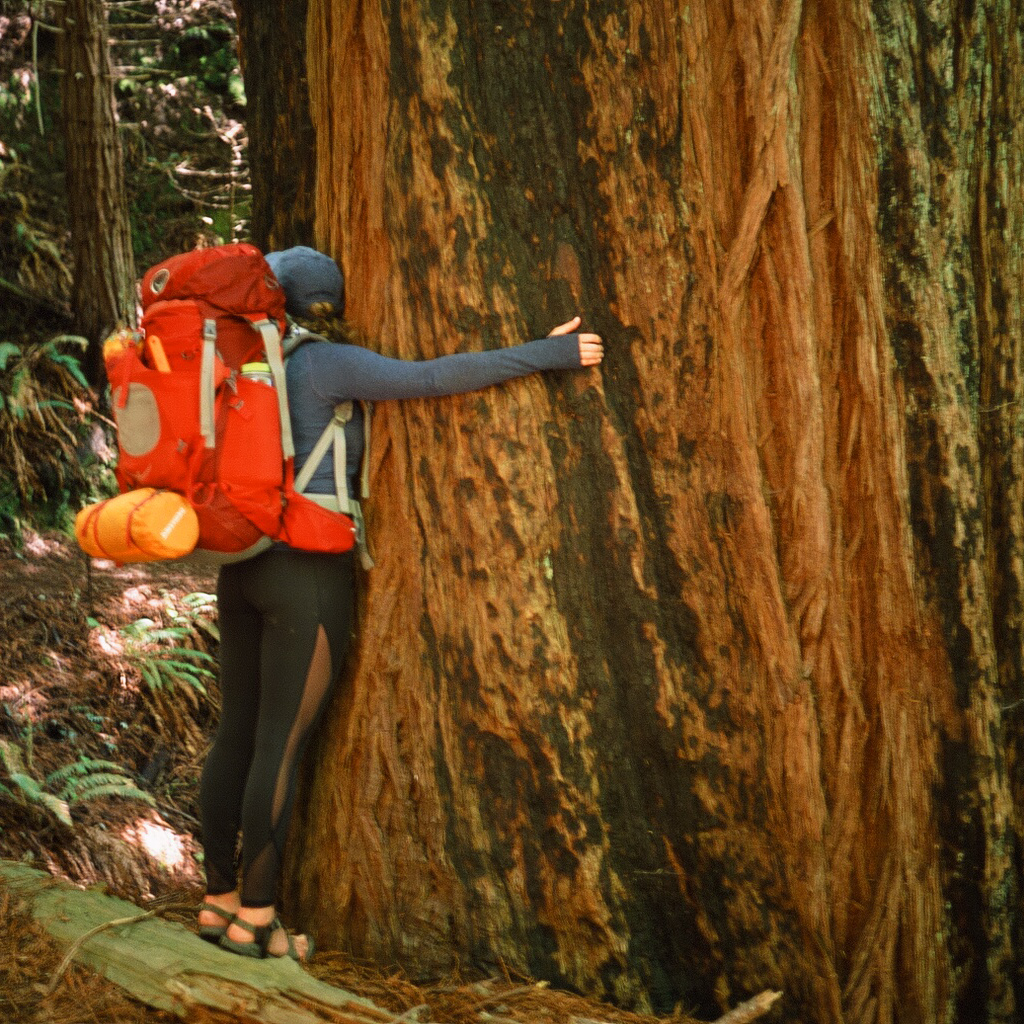

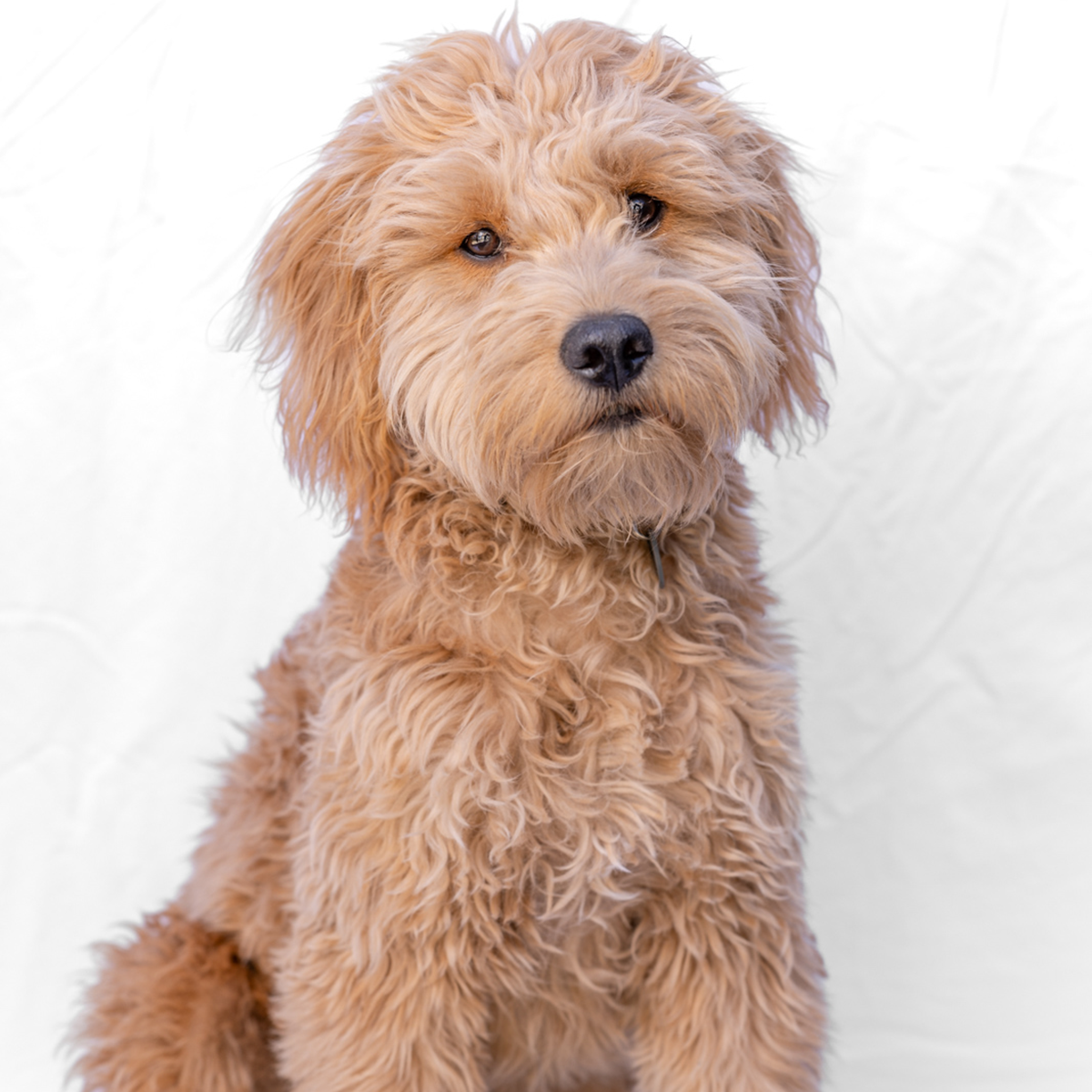
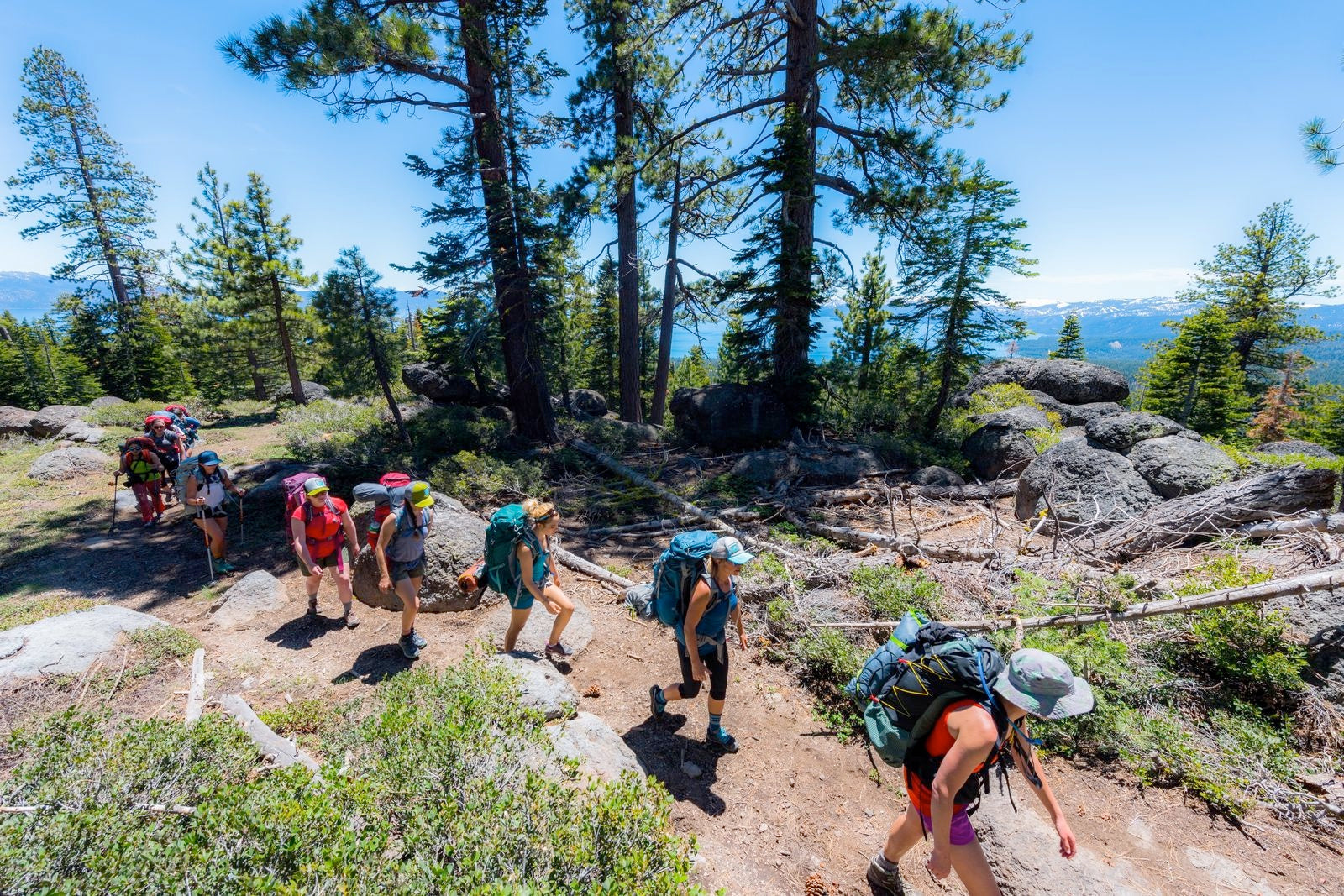
Leave a comment
This site is protected by hCaptcha and the hCaptcha Privacy Policy and Terms of Service apply.